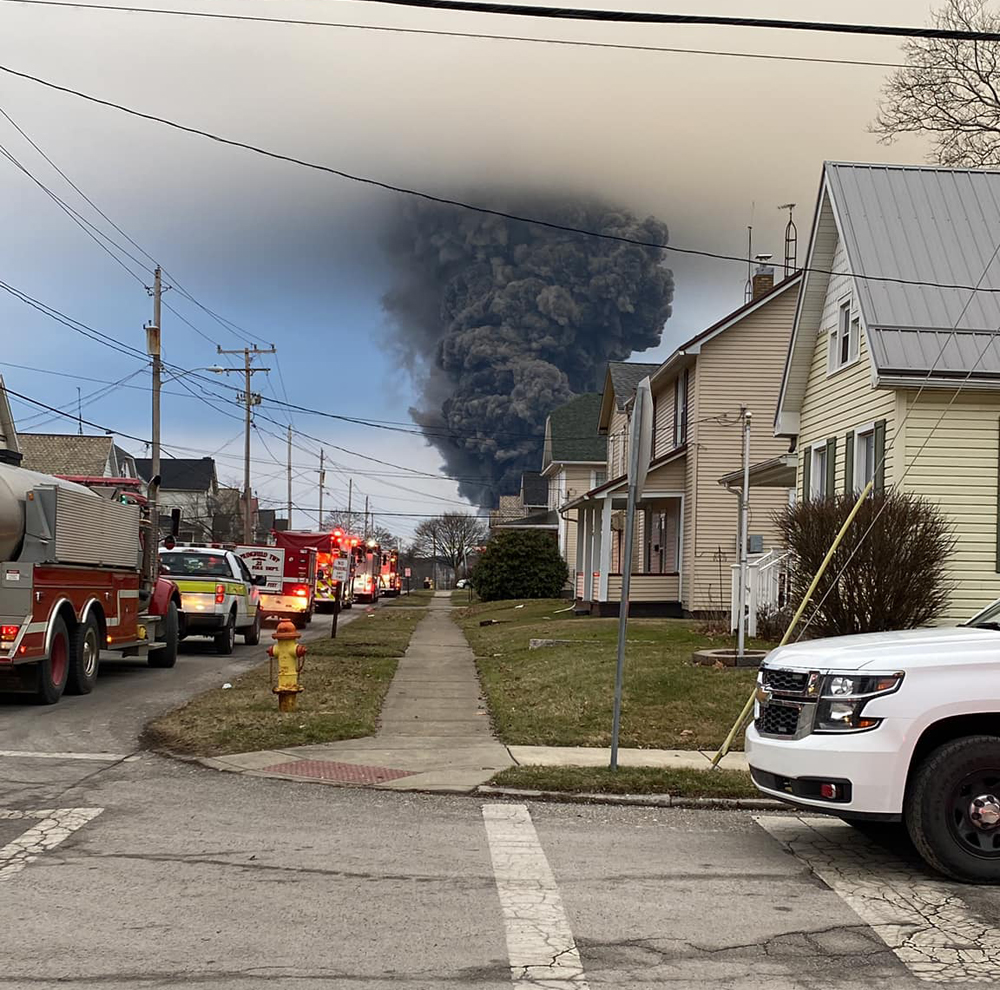
WASHINGTON — The federal government has issued its final rule requiring railroads to provide real-time electronic information on hazardous material to first responders in the event of a derailment or other incident.
The rule from the Department of Transportation’s Pipeline and Hazardous Materials Safety Administration is one of many regulatory actions spurred by last year’s derailment and hazardous chemical release in East Palestine, Ohio. It requires such information as the quantity of the material; its position on the train; and a designed emergency contact for the railroad to be provided through a 911 call center or an emergency responder app such as the AskRail Mobile App as soon as the railroad becomes aware of an incident. Crews must also carry a hard copy of the information.
“We heard first-hand from firefighters that were responding to the Norfolk Southern derailment in East Palestine that they and other first responders need hazardous materials train consists as soon as an incident occurs,” PHMSA Deputy Administrator Tristan Brown said in a press release. “This information will ensure the heroes that are responding to an incident can prepare for what they will encounter instead of waiting until after they get on scene to try to access this vital information.”
The final rule is being issued about a year after about a year after it was first proposed [see “Federal proposal would require railroads to maintain, provide information …,” Trains News Wire, June 21, 2023]. While the original version was aimed only at Class I railroads, the final rule adds Class II and Class III railroads, but has alternate compliance methods for Class III short lines “to reduce the regulatory burden on these small businesses.” It also provides information to a broader group of responders than the initial rule.
Other changes simplify some of the information involved (railroads must now just include information on the origin and destination of the train, rather than each individual shipment); and clarify that the information requirements are the responsibility of the train operator, not that of the owner of the track on which it operates.
The rule becomes effective a year after its publication in the Federal Register for Class I railroads. Class II and III railroads have a two-year compliance period since they do not have an existing app for first responders to access cargo information, as larger railroads do.
Norfolk Southern, in a statement released today, said it applauded the new rule. “Last year, we were the first Class I railroad to commit to improving our communication during an emergency through our partnership with RapidSOS, a digital platform that connects communications devices with over 16,000 emergency response agencies,” the railroad said. “As part of this collaboration, Norfolk Southern will automatically share consist information through RapidSOS with first responders after an incident. Once complete, this integration aims to cover 100 percent of the emergency response agencies across our rail network, providing first responders with real-time access to train consists, train locations, and AskRail emergency response information.”
Note: Updated at 3:45 p.m. Central with statement from Norfolk Southern.














The conductor carries all that info on person, on train. We are instructed to hand over all information to command on scene ASAP. Of course, if the head end is involved then different circumstance come into play.